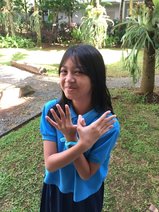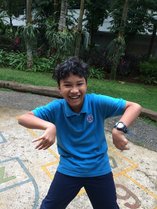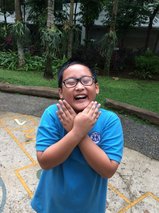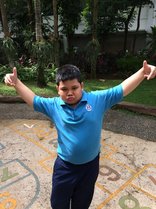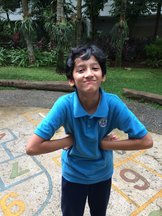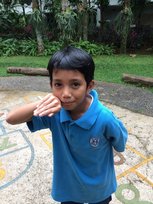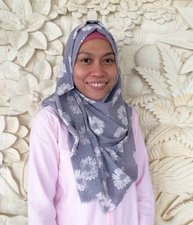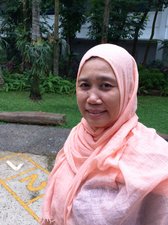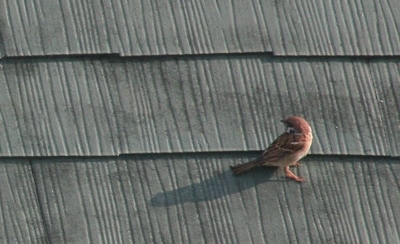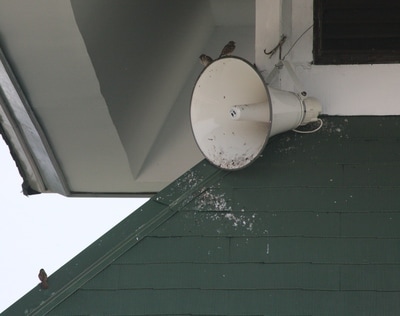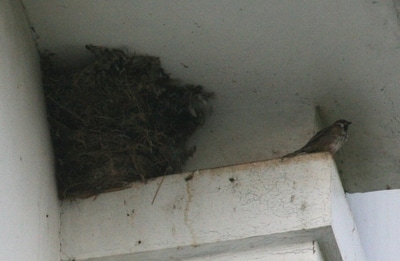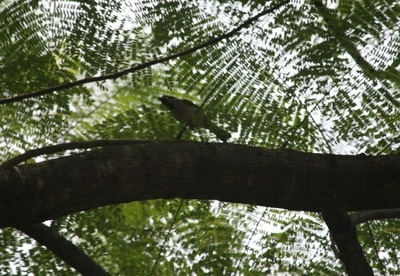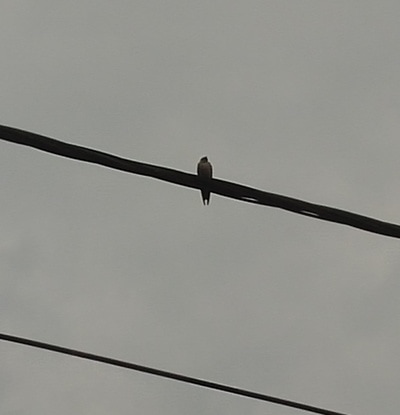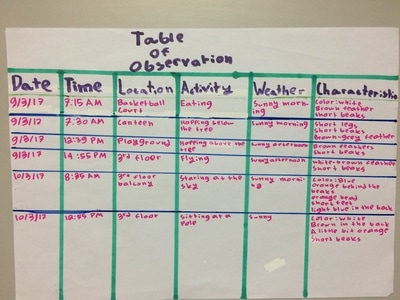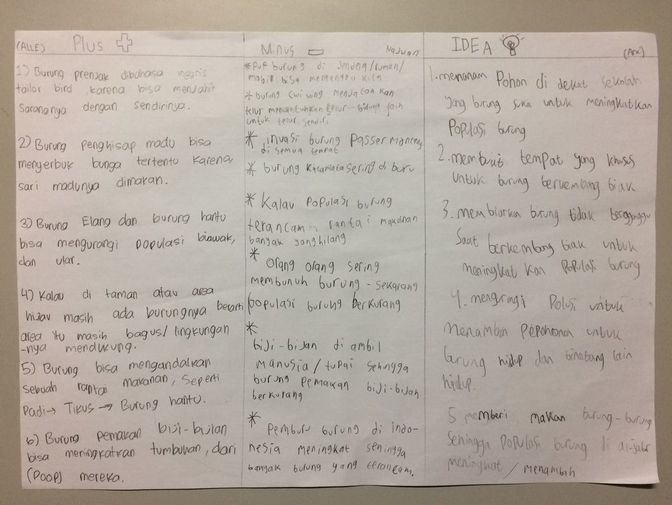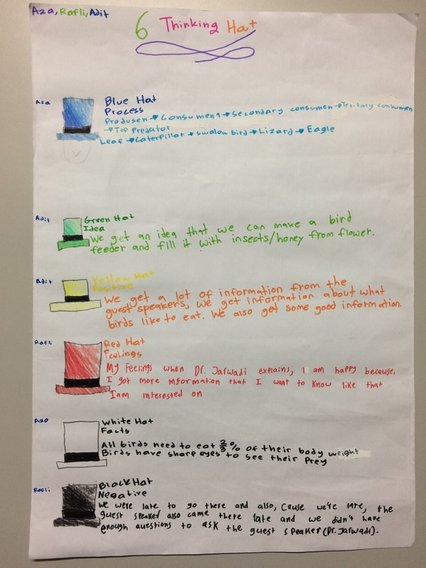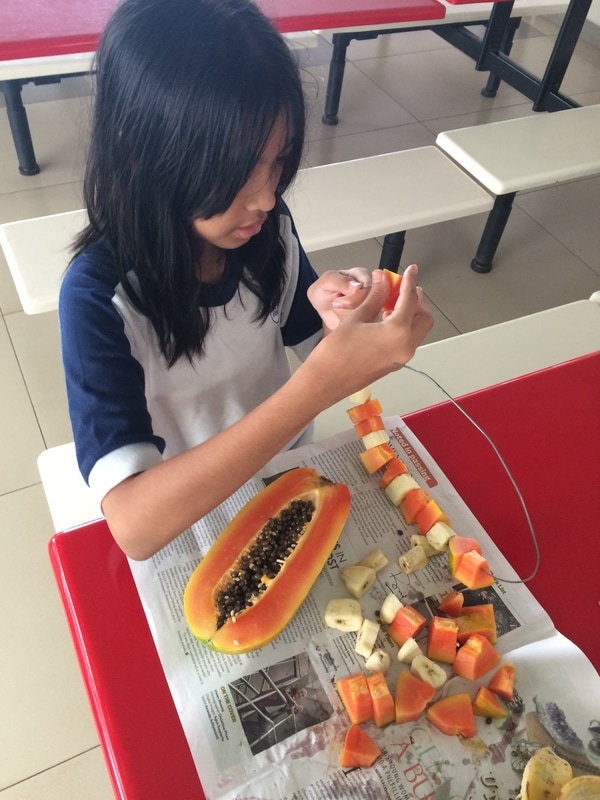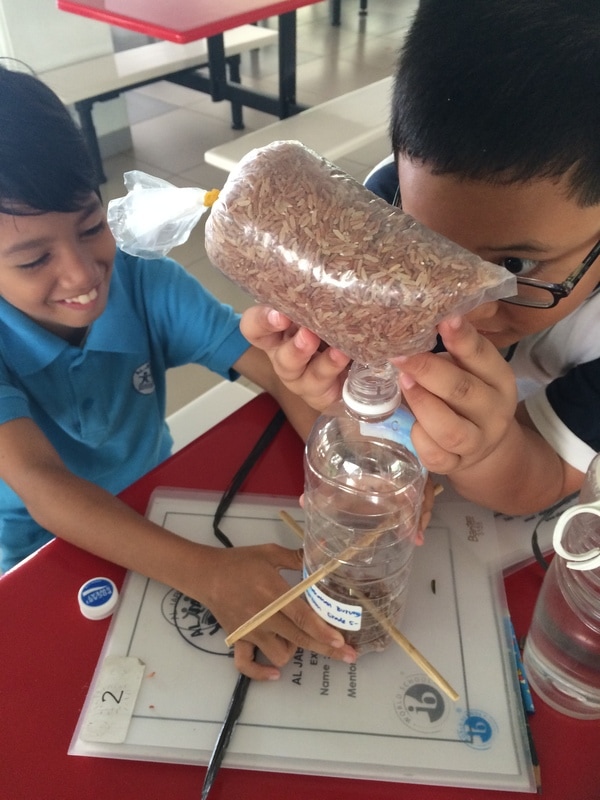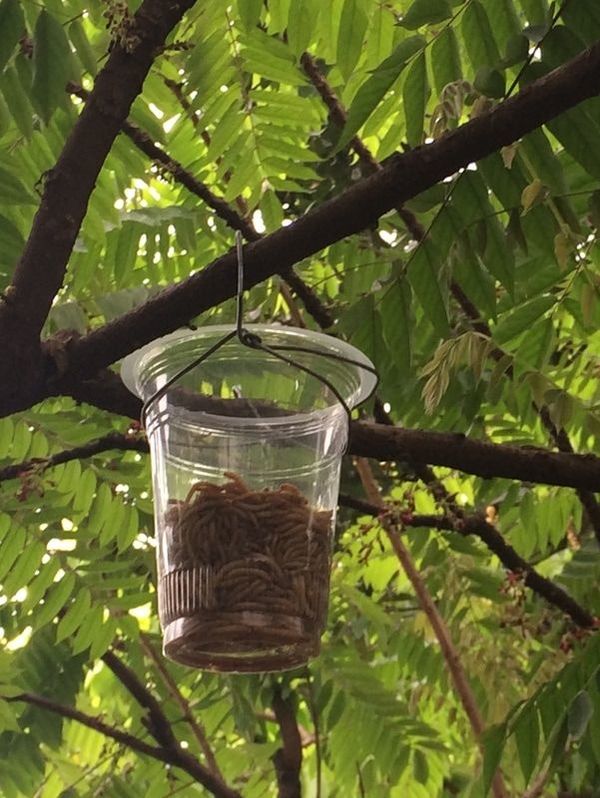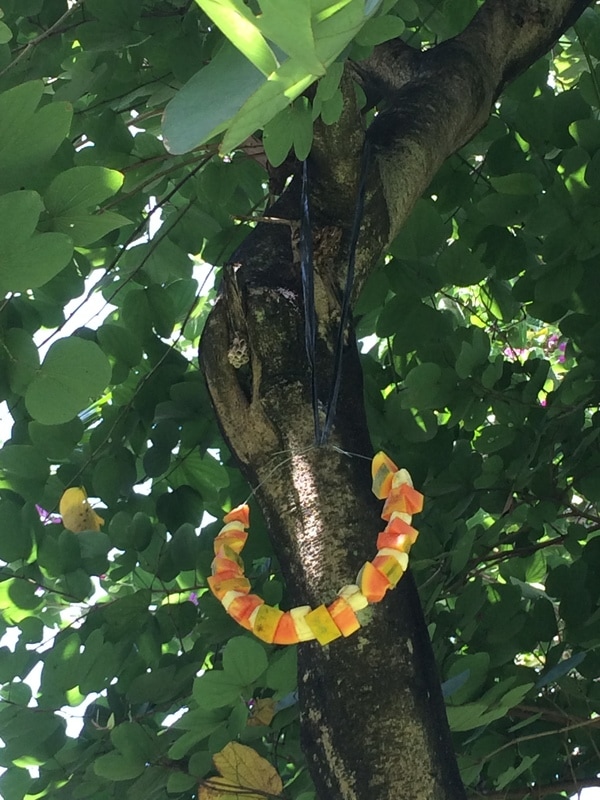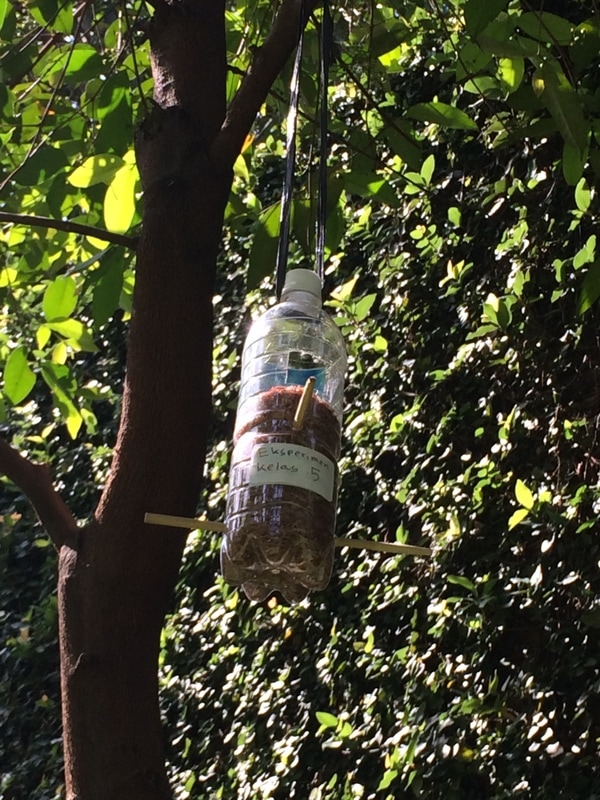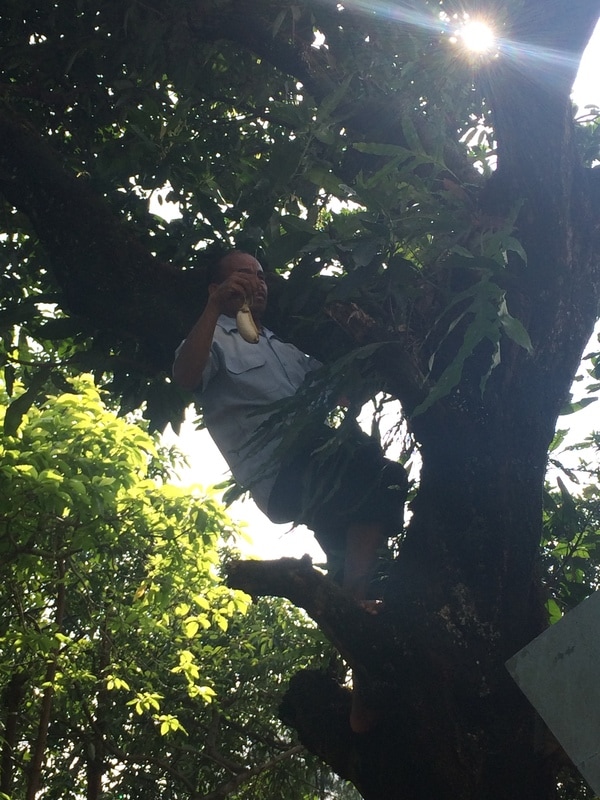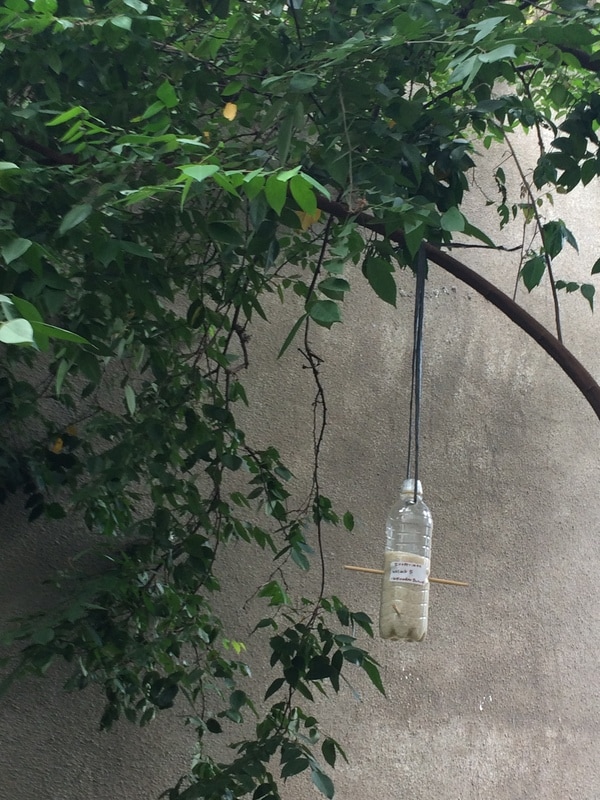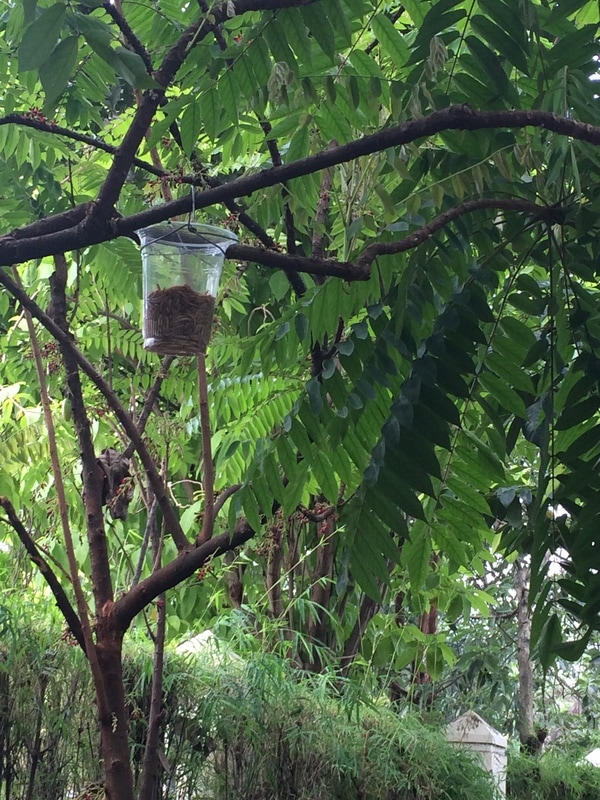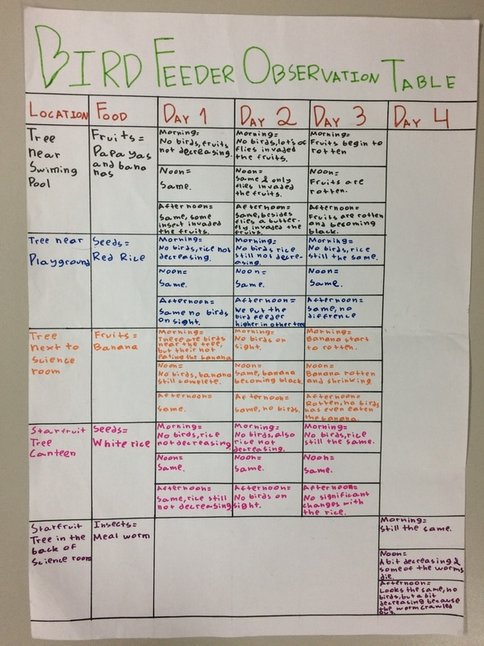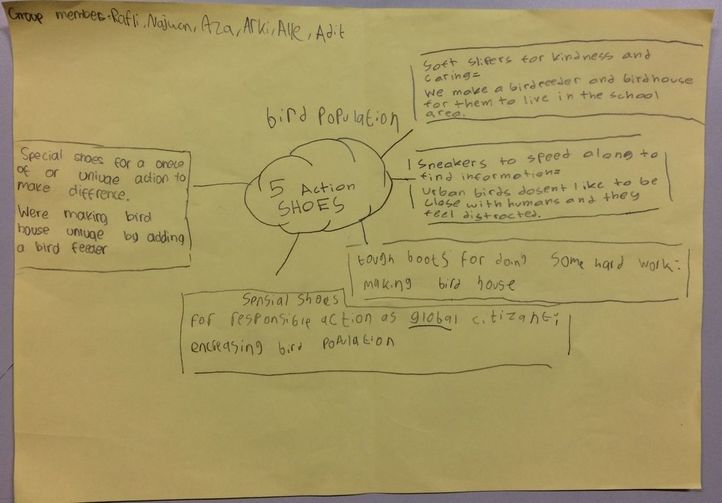students
Mentors
Exploring, wondering and questioning
|
One general feature of bird species that live well in urban environments known as urban birds. These birds survive by adapting the changeable human environment as their new habitat.
The school green area is capable to conserve the habitat of many bird species. This group main issue is about the influence of school’s environment to bird population conservation. To collect prior data, first the students need to identify the bird species around the school’s area. They did bird watching observation, bird sound recording, bird documentation using camera, and interview the school gardeners. Later on, these data will be collected and identified with the experts to get more information about the problem. |
|
The bird species we found around the school areas:
researching information and collecting data
In order to identify and answering inquires about the bird species in the school areas, the students went to several relevant resources to gain more information.
Excursion to Burung Indonesia, Bogor
|
Burung Indonesia is a Non-Governmental Organization (NGO) that focus on the conservation of wild birds and their habitats through working with people for sustainable development. This organization is partnership with global international organization called BirdLife.
We interviewed Mr. Ferry Hasudungan Simbolon to ask more about urban birds and their adaptation towards the human environments. We found out that many bird species inhabit our environment because of their needs of foods, nesting and breeding place. |
|
Reflection
Excursion to Faculty of Forestry, Institut Pertanian Bogor
|
We interviewed Bapak Ir. Jarwadi Budi Hernowo, MScF. He is one of the respected lecturer that master in Avian Ecology in Faculty of Forestry, Departement of Forest Resource Conservation and Ecotourism (Departemen Konservasi Sumber Daya Hutan dan Ekowisata). We asked more information about the characteristics and behavior of the birds we found at school. Several facts we found out that Sparrow (burung gereja) don't like to perch in huddle trees. They prefer in distant trees, top of the buildings or rooftops. Birds also has sharp vision to help them hunt their prey and help their flying navigation.
|
|
Reflection
experimenting and playing with possibilities
Many wild birds inhabit human environment because of their needs of food, nesting place and breeding. Our experiment was to attract these wild birds with variety foods and analyze what birds that commonly inhabit our school’s area. So we made recycled bird feeders and fill the feeders with three different types of food group that birds usually eat. There are fruits group, grains group, and insects group.
making and testing the theories
We put the bird feeders in various places in the school area. Because birds usually afraid of human present, we select a quiet location and rarely visited by humans. We put the feeders in the trees that usually visit by the birds. And then, put it in higher places so it will not be disturbed by humans or other animals. In the next three days, we observe the foods three times a day; at morning, noon, and afternoon. Each day we checked the amount to find out which food group mostly eaten by the birds.
From this experiment we found out that birds around school's area don't like the foods we purposely set up. Because they wild, so they like to find and naturally hunt the food by themselves. They are smart animals, so they probably think the birdfeeder is a trap. Birds seen active when there are no humans around. Location and time moreover can also influenced the present of the birds.
DEEPENING UNDERSTANDING THROUGH THE APPLICATION OF A CONCEPT
To maintain populations of wild birds around the school's area, we decided to make bird house for our action. We want to support more nesting birds and give the birds a home. We also want to grow some plants that can attract birds to come. We want to invite over the bird with plants that provide a year round supply of food. So, we prepared plants that can produce fruits (soursop tree and rambutan), plants that can produce nectar (bunga kupu-kupu and kembang soka) and plants that can attract insects (cemara and bambu hias).
Hopefully, this action will always sustainable where we responsible to take care the cleanliness of the bird house, regularly fill up bird feeder, and watering the plants so they grow perfectly.
Hopefully, this action will always sustainable where we responsible to take care the cleanliness of the bird house, regularly fill up bird feeder, and watering the plants so they grow perfectly.
|
Making Bird Houses
|
Planting Plants That Attract Birds
|

